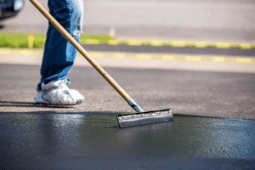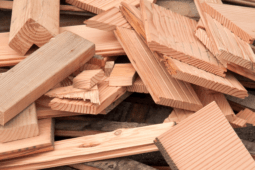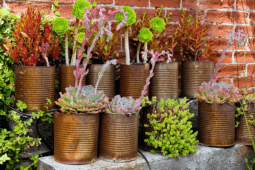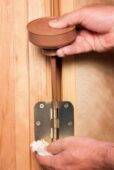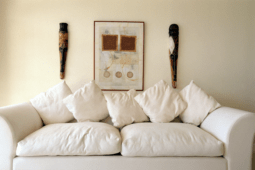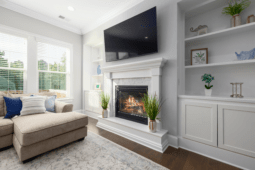Why an Old House May Be Better Than a New Build
When searching for a home, the decision between purchasing an old house or a newly built one can be challenging. While new builds offer modern designs and conveniences, old homes often boast craftsmanship and quality that stand the test of time. This article will explore why older homes frequently outshine their newer counterparts in terms of build quality, focusing on the materials and methods that set them apart.
The Superiority of Old-Growth Wood
Older homes often feature construction materials sourced from old-growth forests. These trees grew over decades or even centuries, resulting in dense, strong wood with tight grain patterns. In contrast, modern lumber typically comes from fast-grown, younger trees cultivated for mass production. This wood is less dense, more prone to warping, and less durable over time.
Additionally, old-growth wood is naturally more resistant to pests and rot due to its density and the presence of natural oils. Modern softwoods, such as pine and spruce, often require chemical treatments to achieve similar resistance, which can introduce environmental and health concerns.
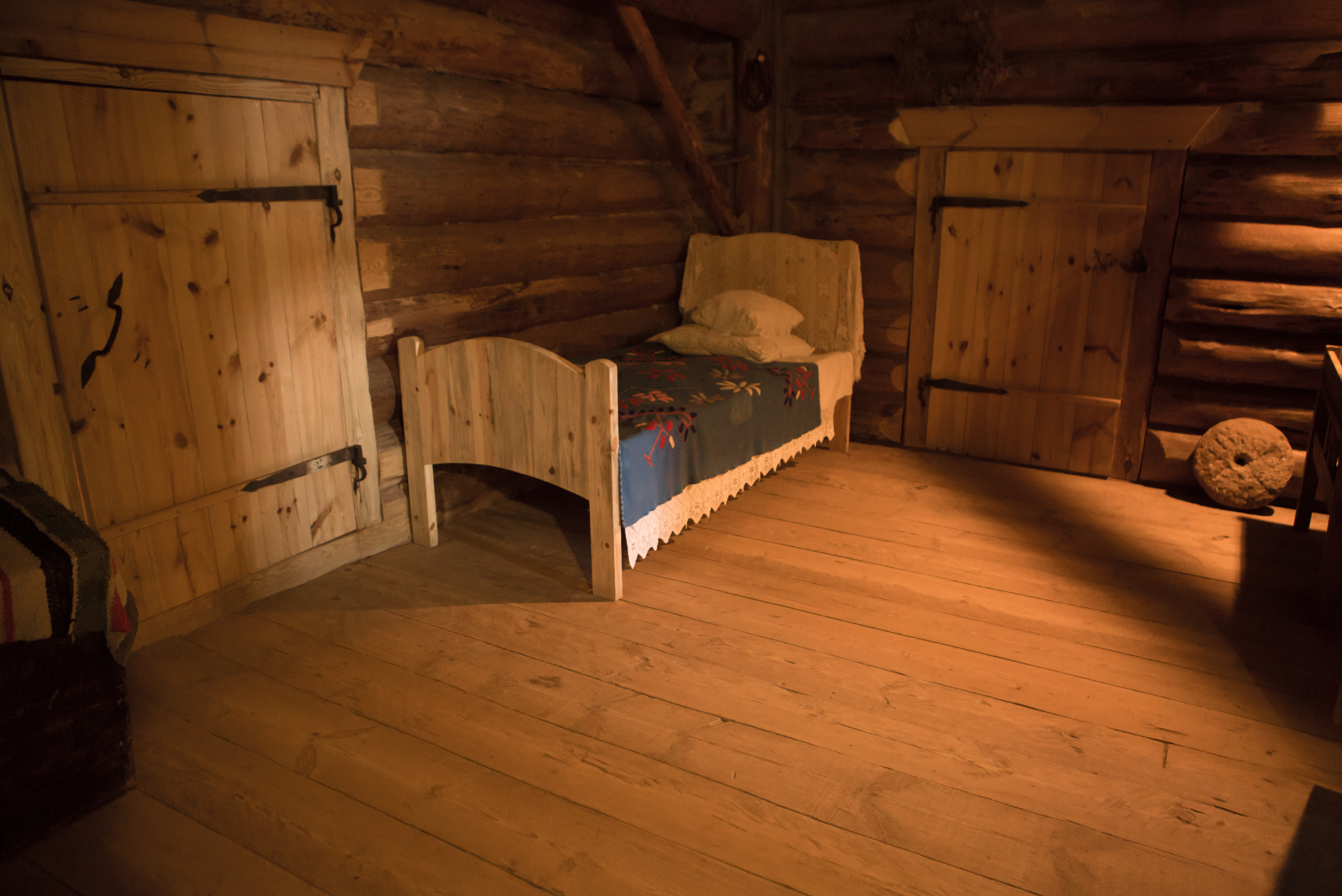
Brick and Stone: Built to Last
Many older homes were constructed with brick and stone, materials known for their durability and timeless aesthetic. Unlike the thin veneers often used in modern builds, the brickwork in older homes was structural, providing not only insulation but also unmatched longevity. Stone foundations, in particular, were built to withstand the elements and have done so for centuries.
In contrast, many new homes utilize cheaper materials like vinyl siding or engineered wood products. While these materials may reduce initial costs, they often lack the durability and weather resistance of traditional masonry, requiring more frequent maintenance and replacement.
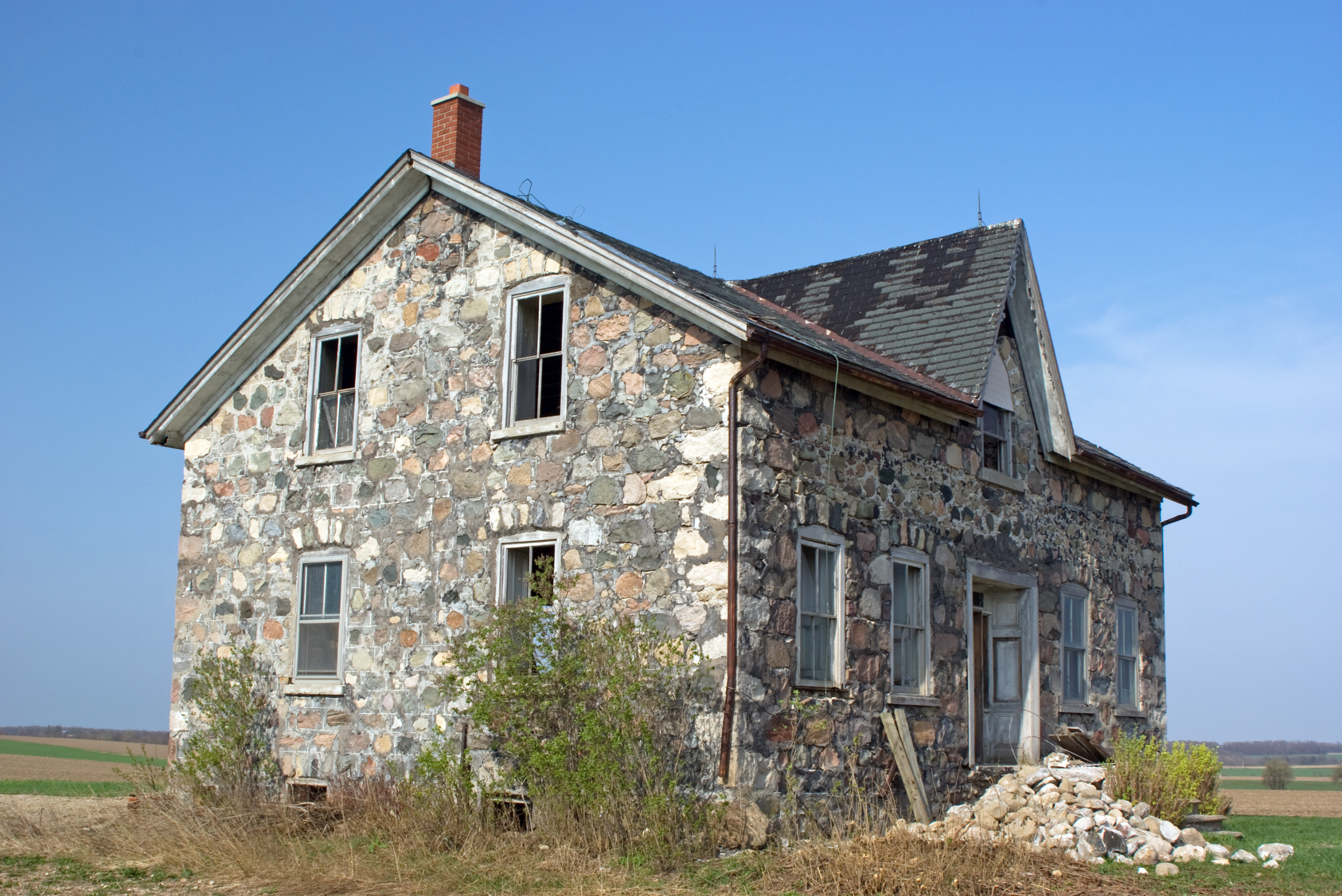
Handcrafted Details and Skilled Craftsmanship
Older homes were typically built by skilled artisans who took pride in their craft. Features such as custom millwork, hand-carved details, and intricate moldings are common in older properties but are rare in modern construction. These elements not only add character but also reflect a level of care and attention that is difficult to replicate today.
Modern builds often prioritize efficiency and speed, relying on prefabricated components and assembly-line methods. While this approach lowers costs, it can result in a lack of individuality and sometimes a decline in overall quality.
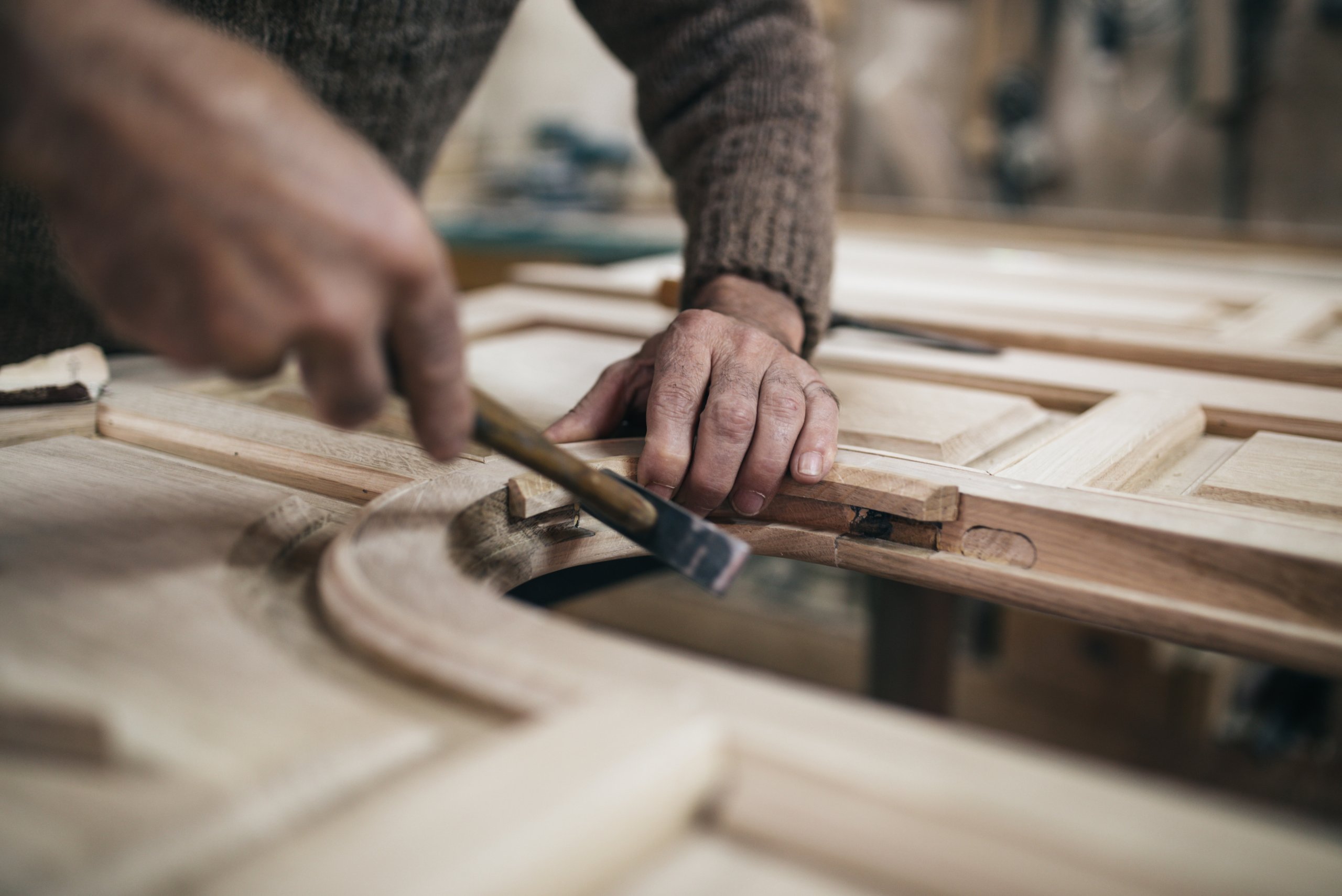
Solid Foundations and Longevity
The saying “they don’t build them like they used to” is especially true when it comes to foundations. Older homes were often built with over-engineered foundations made from high-quality materials like poured concrete or stone. These foundations were designed to last for generations, providing a stable base for the structure above.
Modern construction often uses cost-effective methods such as slab foundations or lower-quality concrete. While these methods are sufficient in many cases, they may not offer the same longevity or resilience to shifting soils and water damage as older techniques.
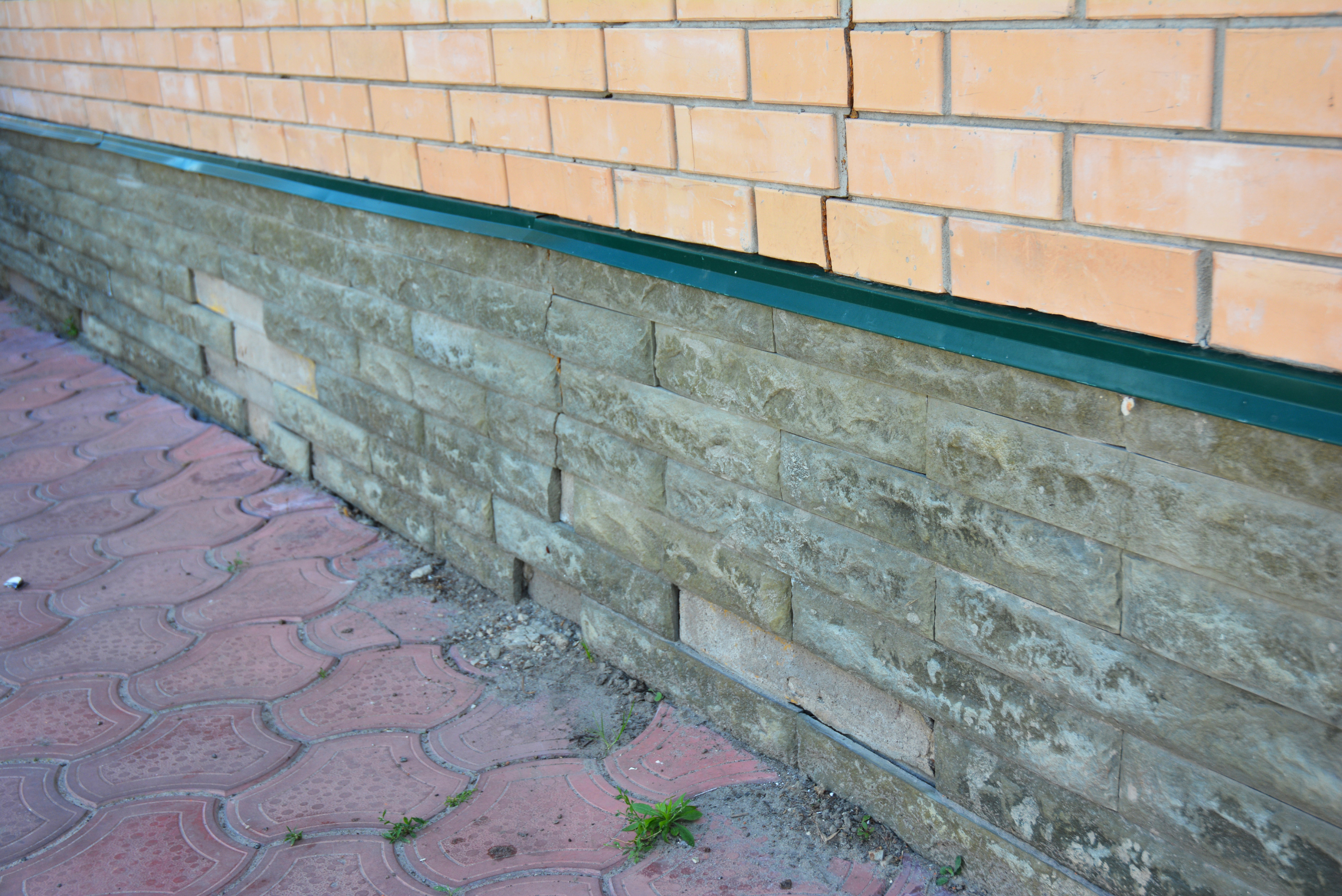
Environmental Benefits of Preserving Older Homes
Preserving and renovating an older home is often more sustainable than building new. The materials already exist, reducing the need for additional resource extraction and minimizing waste. Furthermore, the quality of materials in older homes means that fewer replacements and repairs are needed over time, lowering the environmental impact.
By contrast, modern homes can have a larger carbon footprint due to the production of synthetic materials and the energy-intensive processes used in their construction. Renovating an old home allows you to blend historical charm with modern energy-efficient upgrades, creating a more eco-friendly living space.
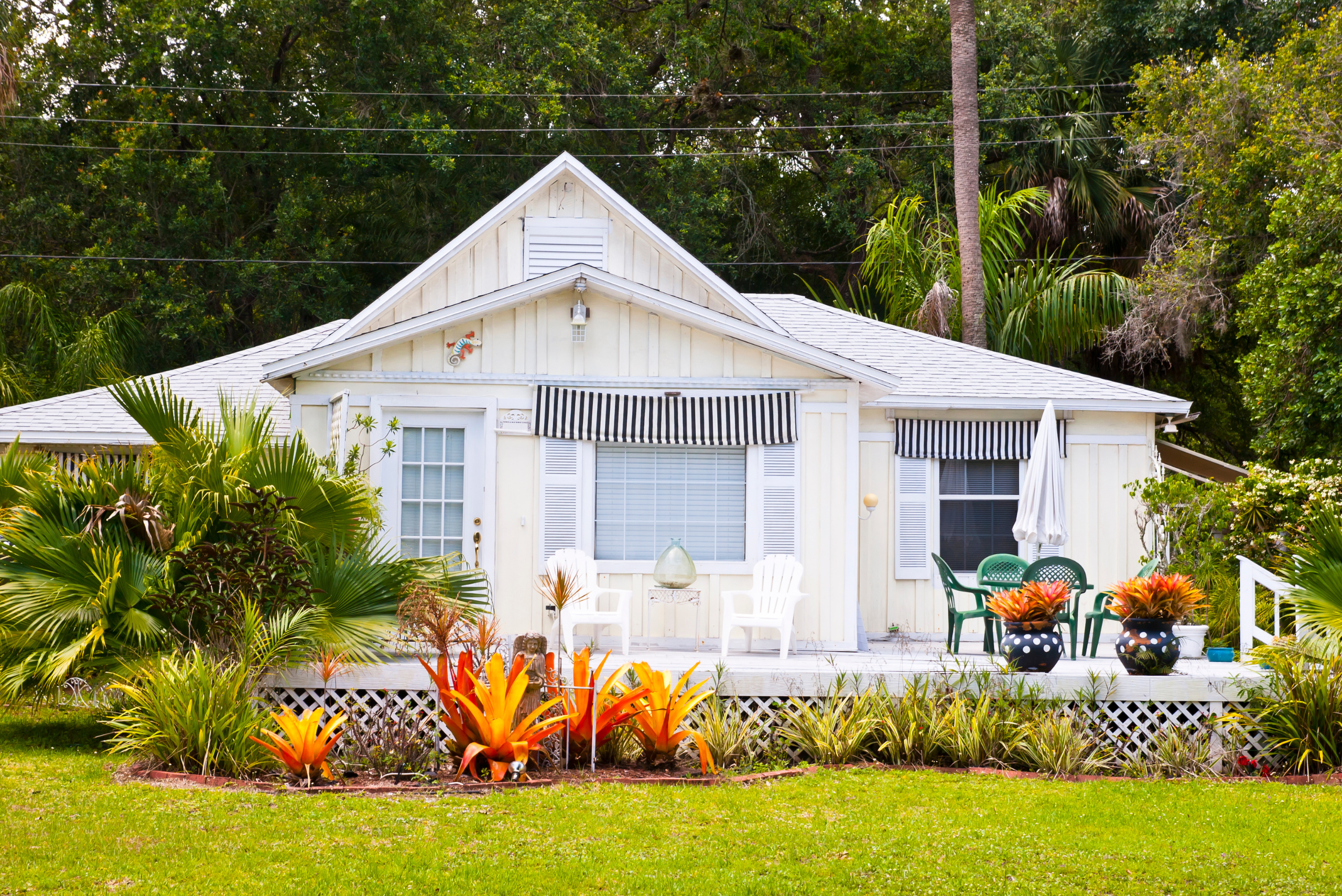
Related Articles
- Buying an Old House? Check for These Costly Repairs
- 18 DIY Prefab Home Kits – Build Your Own House With These Building Kits
- 4 Subtle Signs That Indicate Major House Problems
While new builds offer certain advantages, such as modern layouts and updated systems, the build quality of older homes often surpasses their contemporary counterparts. From superior materials like old-growth wood and brick to the skilled craftsmanship evident in every detail, older homes were built to endure. Choosing an older home not only provides a connection to the past but also ensures a durable and unique living space for the future.



